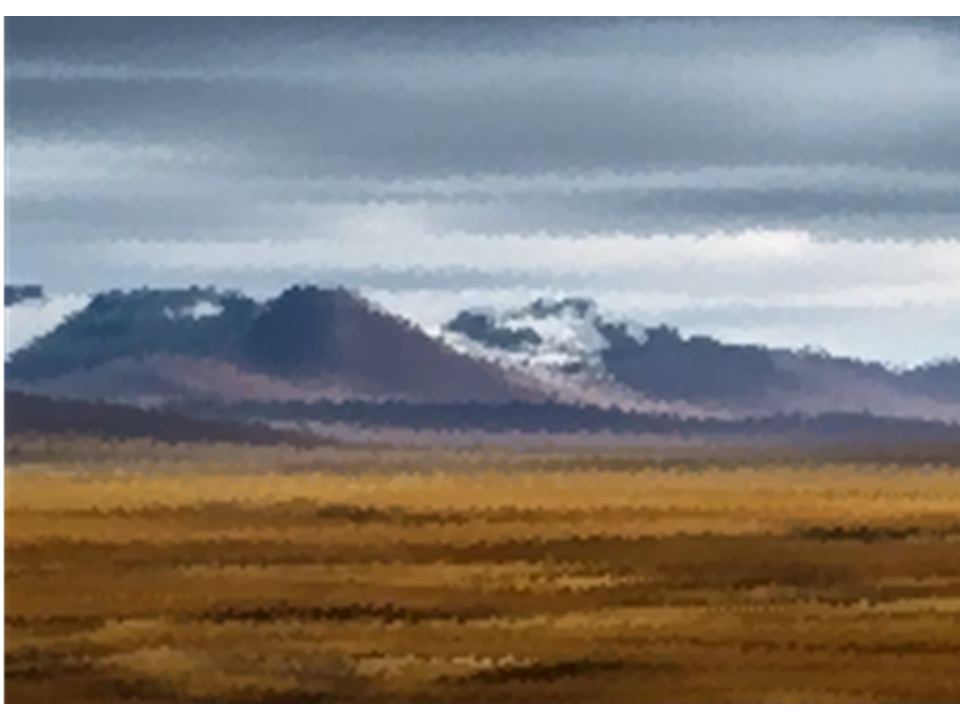Pick Up
1195. The Arctic at +2.7°C Global Warming

1195. The Arctic at +2.7°C Global Warming
In 2024, the global annual average surface temperature exceeded pre-industrial levels by 1.5°C for the first time in modern history. This warming has already been accompanied by numerous, often devastating, extreme weather events around the world. With current national carbon emission reduction commitments under the Paris Agreement, global temperatures are projected to rise by 2.7°C (range 2.5°-3°C) above pre-industrial levels by 2100.
Anthropogenic climate change is affecting every region of the world, and one of the most affected is the Arctic. The Arctic, which has fascinated us with its isolated environment, wildlife, culture, and beautiful landscapes, is the fastest warming region on Earth, currently warming almost four times faster than the global average. A key factor in this warming is the loss of sea ice, with areas such as the Barents Sea, which is almost ice-free in winter, warming seven times faster than the global average.
A review paper published in Science showed that the Arctic could change beyond recognition in modern times under a 2.7°C warming. If global warming reaches 2.7°C by the end of this century, the impact on the Arctic will far exceed that currently observed. For example, the average winter temperature is expected to rise by more than 10°C. This is an unprecedented change in human history, and the last time the Arctic Ocean was ice-free for an extended period was during the Last Interglacial Period about 130,000 years ago. These geophysical changes will be accompanied by widespread ecosystem disruption and infrastructure damage.
We focus on permafrost, which is widespread in the high latitudes of the Northern Hemisphere. Its estimated area of about 15 million km2 is almost the size of the North American continent, and in the coldest areas it can be hundreds of meters thick. It is the surface permafrost (0 to 3 meters below the surface) that responds most quickly to warming and has the greatest impact on ecosystems and humans. The entire Northern Hemisphere permafrost region is known to contain 1,440-1,600 Gt of organic carbon, with an additional, poorly quantified, 1,000 Gt of organic carbon estimated to be present in deep sediments and undersea permafrost. This is two to three times the amount of carbon currently in the atmosphere. Thus, the release of even a small portion of this huge pool of frozen carbon could significantly increase atmospheric carbon dioxide and methane concentrations and accelerate the rate of climate change.
At 2.7°C, the transformation of the Arctic climate system would be so extensive that the Arctic would no longer resemble the Arctic we know today, creating cascading risks for all sectors of society. Humans have adapted to a wide range of climatic conditions, but continued warming could make parts of the world uninhabitable due to the associated extreme heat, extreme weather, and rising sea levels. The paper concludes that limiting global warming is a critical step forward.
Reference
Julienne C. Stroeve et al. Disappearing landscapes: The Arctic at +2.7°C global warming.
Science Vol. 387, No. 6734 https://www.science.org/doi/10.1126/science.ads1549
Contributor: IIYAMA Miyuki, Information Program
